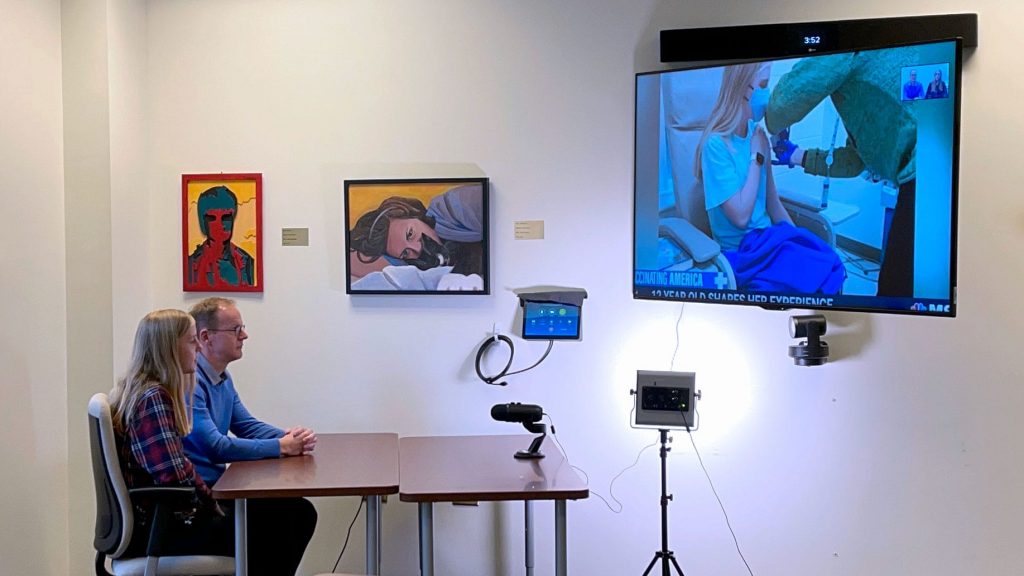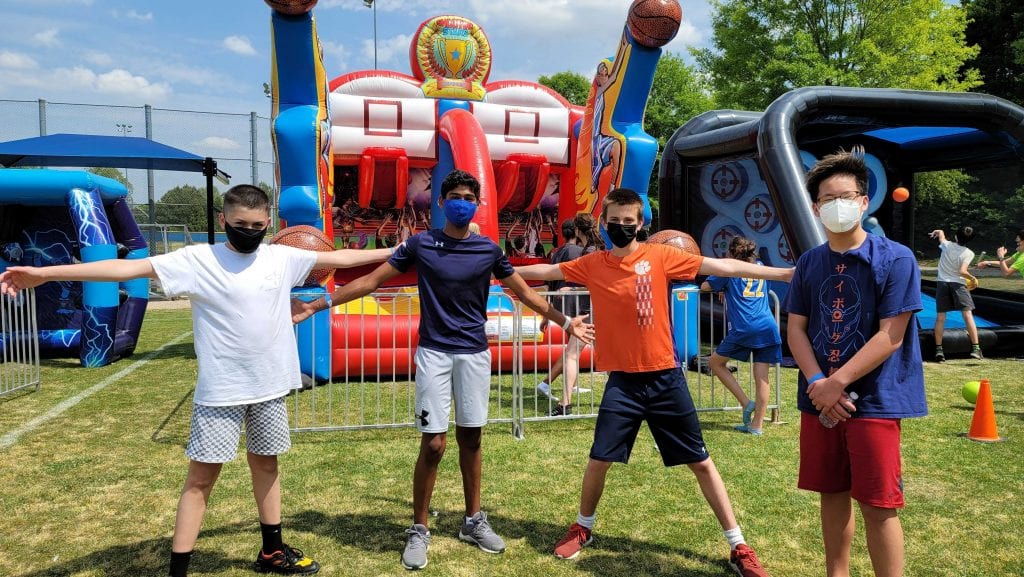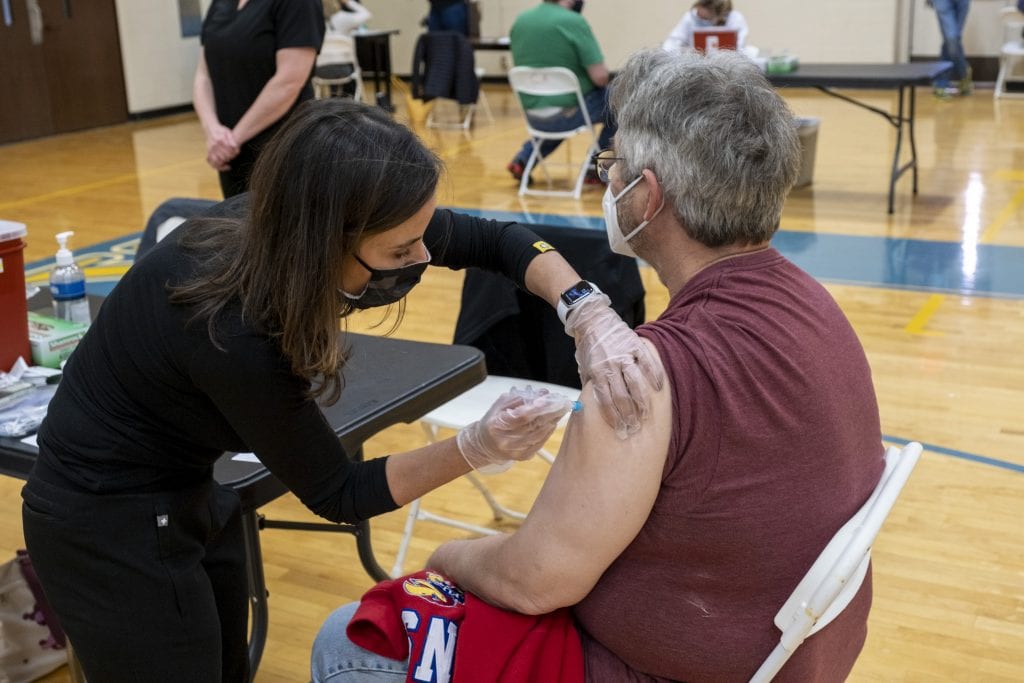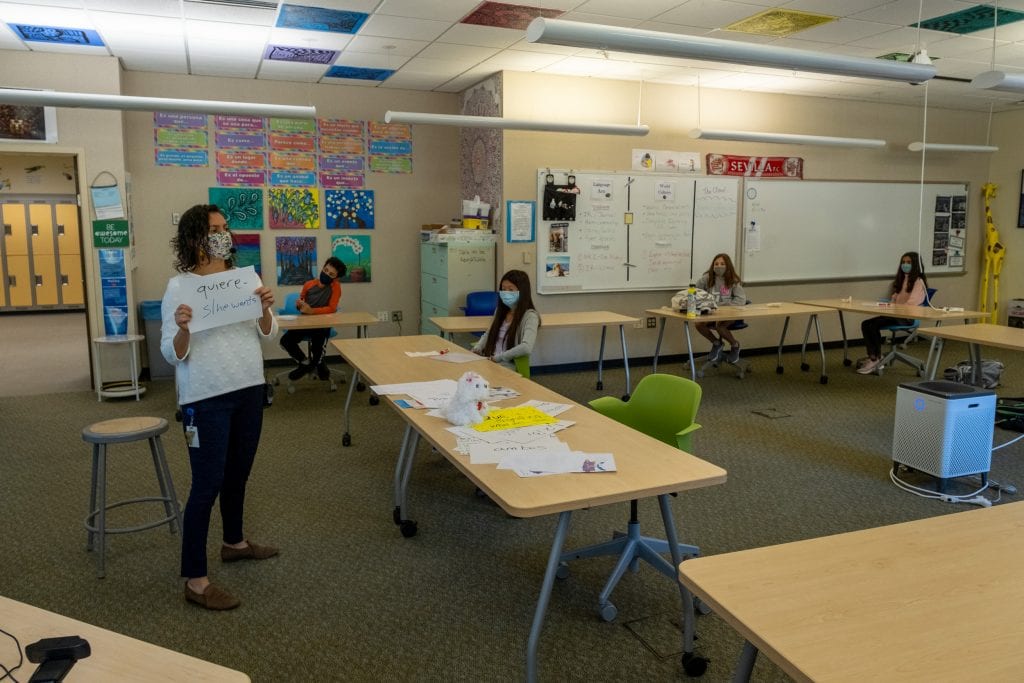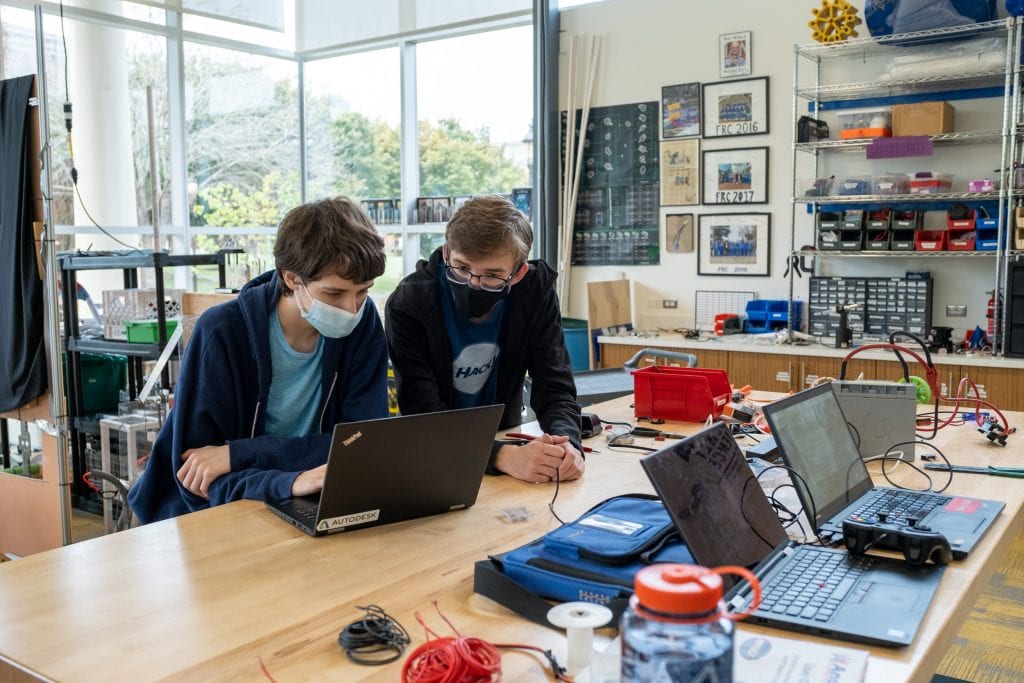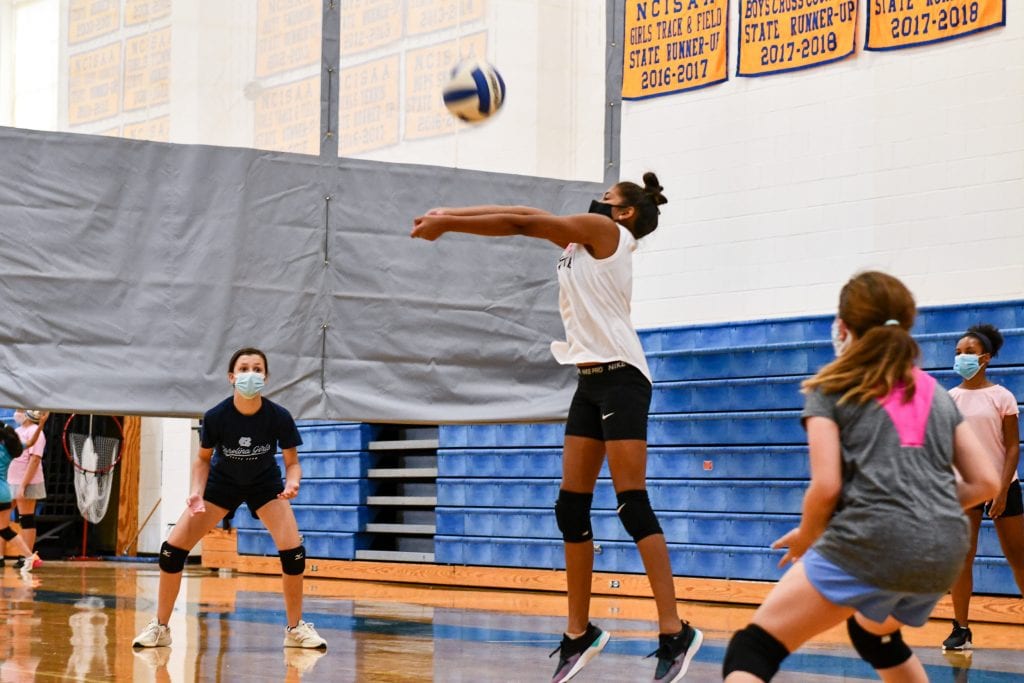While we are still dealing with the impacts of COVID-19, our first day of school was a joyous celebration of community — something we have not felt in almost two years.
In 25 short years, Cary Academy has established a reputation as one of the leading schools in the country. While we don’t put much stock into rankings and such (we believe each school should be measured by its mission-fit for current students), we are very proud that our alumni report a high degree of satisfaction with their time at Cary Academy — both from a career and personal perspective.
In our most comprehensive survey of 331 alumni, 87% indicated they would recommend CA to a friend. In addition:
- 98% of respondents indicated that CA had a positive or strongly positive impact on the development of their critical thinking skills, and 90% said the same thing about CA instilling a passion for learning.
- For those who had already graduated college, 85% said they were satisfied or highly satisfied with their current profession.
- And finally, and I believe most importantly, 93% of all respondents said they were satisfied or highly satisfied with their quality of life.
During this momentous year, our 25th, it is important to give thanks to the school’s founders — who set this glorious school in motion and still help guide us today. Cary Academy was established through the generous philanthropy of Dr. James H. and Ann Goodnight, and John and Ginger Sall. They envisioned a college preparatory school that would serve as an engine for student-centered, technology-rich instructional innovation embedded in a liberal arts tradition. Our school’s inspiring and inclusive culture stems from its powerful founding mission to be a diverse learning community committed to discovery, innovation, collaboration, and excellence.
Cary Academy opened on August 18, 1997, with 244 students in grades 6-10. We quickly reached an equilibrium of 680-700 students that lasted for quite some time. During last year’s admissions cycle, we received applications from students attending 161 different schools around the region and country, and we enrolled students from more than 65 different schools! We opened our doors on August 11, with 785 students, 55% of whom identify as people of color and nearly 15% of whom are receiving some form of financial assistance.
Cary Academy has grown over the last several years, in part because fewer and fewer students choose to leave the school before they graduate. Our attrition rate is one of the lowest in the country. As such, we’ve needed to expand in our Upper School to make room for a cohort of new students each year, who bring essential insights, interests, and talents to our community.
We have much to be proud of during this anniversary year, and we stand in a position of strength to build an even stronger school moving forward. As I mentioned in my opening remarks to students at our Move Up Ceremony on the first day of school, Cary Academy is an amazing place — but each year, we must do our part to build new community and reinforce our special culture. Our school history gives us a proud heritage, but it is built up anew with each generation of families and students who pass through our doors.
One alumni, in a recent survey, highlighted how special this is …
“The seven years at Cary Academy really defined my personality and who I am today. The biggest impact was being in a community of other students who were the right combination of intellectually curious, ambitious, and passionate. Many of these people are still close friends.”
We are grateful that you have chosen Cary Academy, and we look forward to a wonderful and unique school year.




